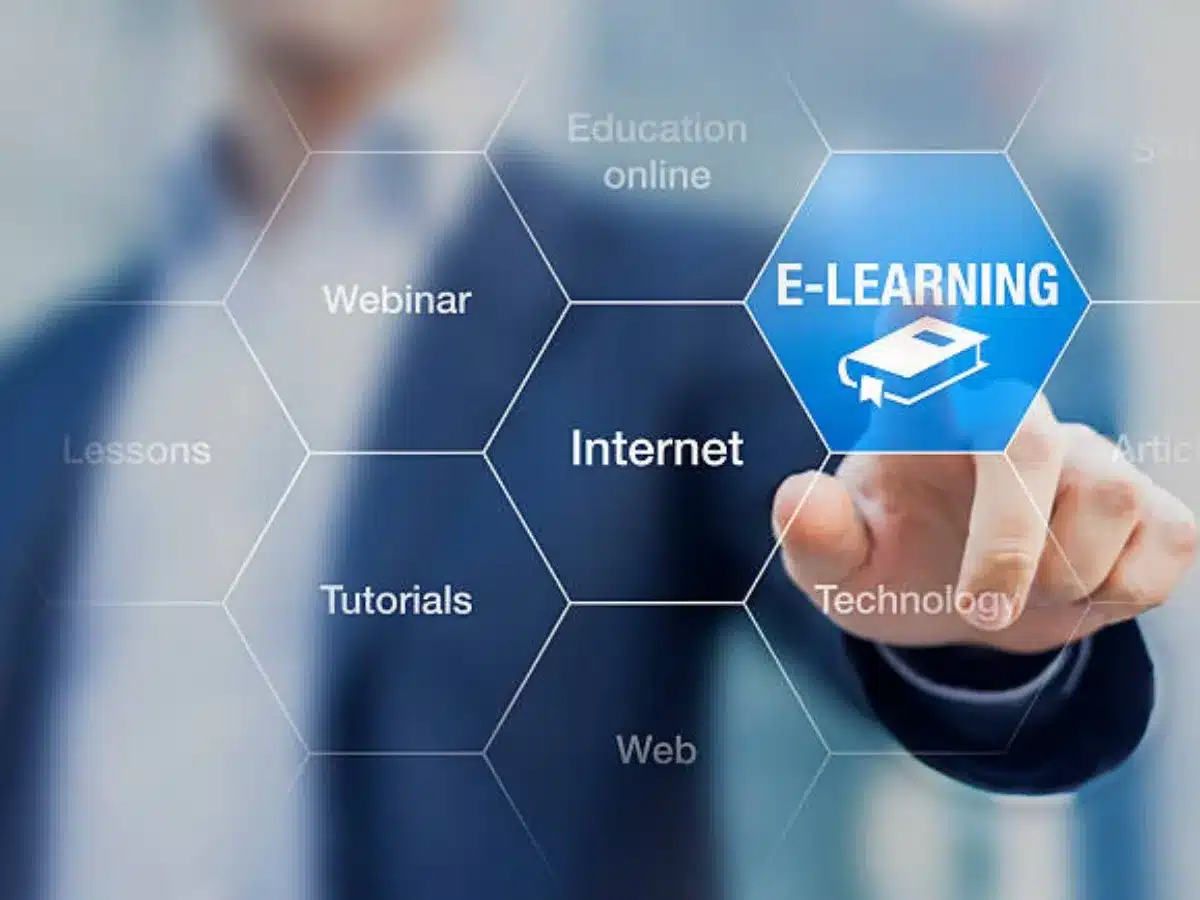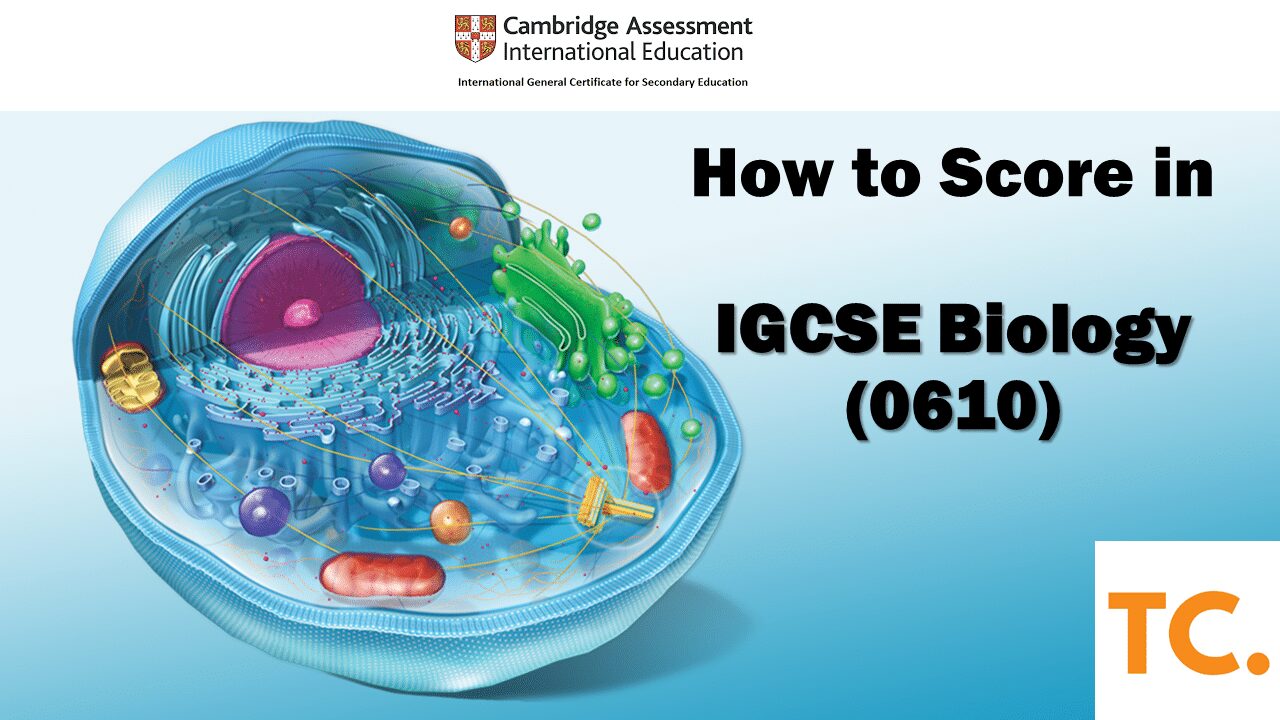So automobiles move?
“Do haircuts hurt?”
Teachers emphasise learning situations that engage the kid creatively, cognitively, and emotionally.
Anyone who has spent time with a child knows how naturally curious they are about the world around them. Their developing minds also seek to understand the world and their place in it by observing and questioning the unexpected. Likewise, we must explore to learn. If you’re like me, your K-12 education was more about academics than creativity.

Education is hard. Educators also face various obstacles, from classroom management to student safety and emotional health. Not surprisingly, the more creative and exploratory aspects of teaching are sometimes overlooked. We know instructors value them.
Thankfully, the prevalence of technology in education allows us to effectively address many of our schools’ difficulties and help children achieve their full potential. With properly designed tools, we can enhance exceptional teaching and empower teachers to inspire students.
#1. Active learning that fosters self-expression
Where are the opportunities for students to engage with information and demonstrate learning? Engagement and confidence grow when students can show their thoughts in a number of ways and hear their ideas discussed in class. Imaginative teaching, information delivery, and student work collection by teachers encourages students’ creative output.
#2. Improved student-teacher interactions
Technology will never replace teachers, nor should it be the goal. Connection and support from teachers help students develop a growth mindset and build social-emotional skills. Whether in a physical classroom or online, technology can help teachers interact with pupils.
Teachers can deliver tailored, confidential feedback to students, encouraging metacognition and aiding those who need it. Building trusted relationships with students helps teachers improve classroom environment and learning results.

#3. Safeguarding students with well-placed guardrails
Many doors are opened by technology, but not all are safe or appropriate for pupils to enter, especially during class. Schools can employ tools to keep pupils focused on schoolwork while simultaneously providing crisis support. With suitable safeguards, students can more freely explore their interests and curiosities in a digital learning environment.

#3. Student voices heard
Many teachers struggle to get students to participate in class. And the lack of student input raises questions about student engagement. Do they own their own education?
Students may be bashful, insecure, or misunderstand the subject or questions in class discussions. They may not want to humiliate themselves, or they may be more thoughtful than their classmates.
Our Suggestion

Our programme allows more students to share their ideas and expertise at their own speed. Tutors may adjust the speed of a session or give students more freedom and to slow down for synchronous work. So even if a kid doesn’t raise their hand, their tutor can be confident they’re engaged and progressing with the rest of the class. Challenges in K-12 education will always exist, but each one offers an opportunity to spark student interest, engagement, and academic growth. Digital learning tools must evolve to support instructors and allow for more creativity, curiosity, and wonder in the classroom.









